A clean showerhead is essential for maintaining good water pressure and ensuring a hygienic showering experience. Over time, showerheads accumulate mineral deposits, soap scum, and bacteria, which can clog the nozzles and affect water flow. If left uncleaned, these deposits can lead to uneven spray patterns, reduced water pressure, and even the growth of harmful bacteria. Let’s go into how to clean showerhead.
Regular cleaning not only restores water flow but also helps prolong the life of the showerhead. Whether dealing with hard water buildup, mold, or general grime, understanding the best cleaning methods ensures a properly functioning showerhead and a healthier bathroom environment.
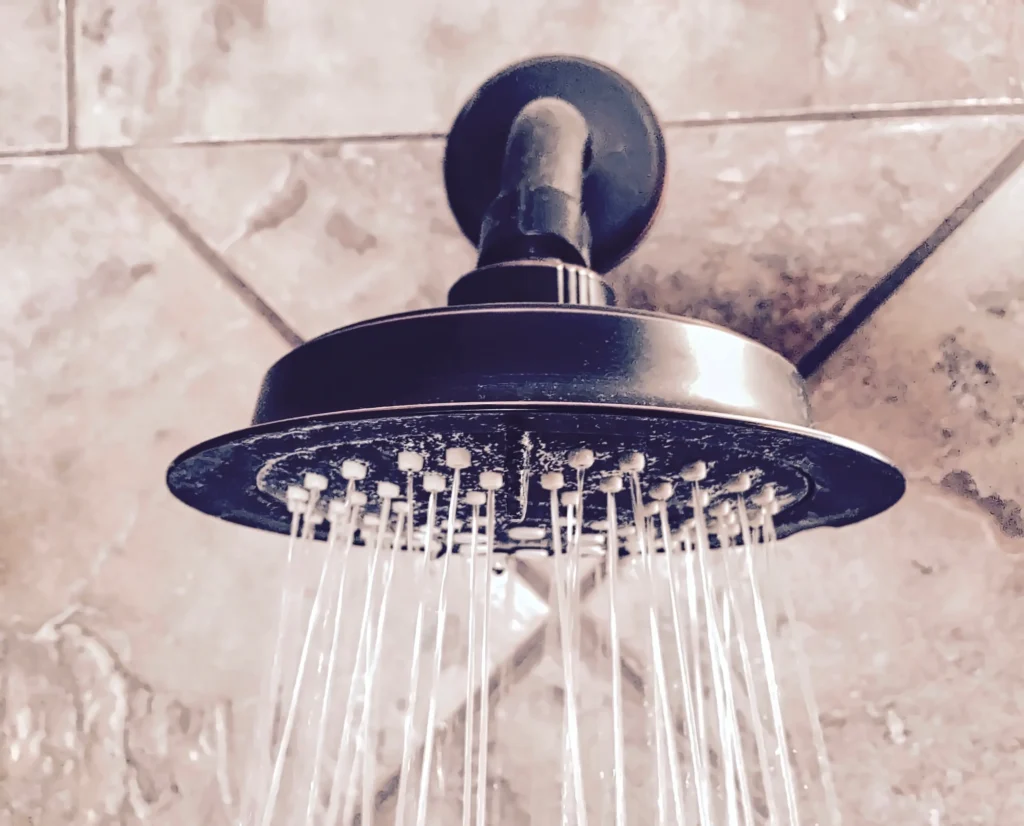
Why Showerheads Get Dirty and Clogged
Showerheads are exposed to a constant flow of water, which contains minerals such as calcium and magnesium. These minerals form a white, chalky residue that clogs the nozzles over time, reducing water flow. In homes with hard water, the buildup can become particularly stubborn, requiring regular maintenance to prevent blockage.
Soap scum also contributes to showerhead buildup. As water mixes with soap and shampoo, residue settles on the showerhead’s surface, creating a sticky layer that attracts dirt and bacteria. If not cleaned frequently, mold and mildew can also develop in the moist environment, further compromising water quality.
In some cases, bacterial growth inside the showerhead can lead to health concerns. Studies have found that showerheads can harbor bacteria such as Mycobacterium, which thrive in damp conditions. Cleaning the showerhead regularly reduces bacterial buildup and ensures that water remains safe for use.
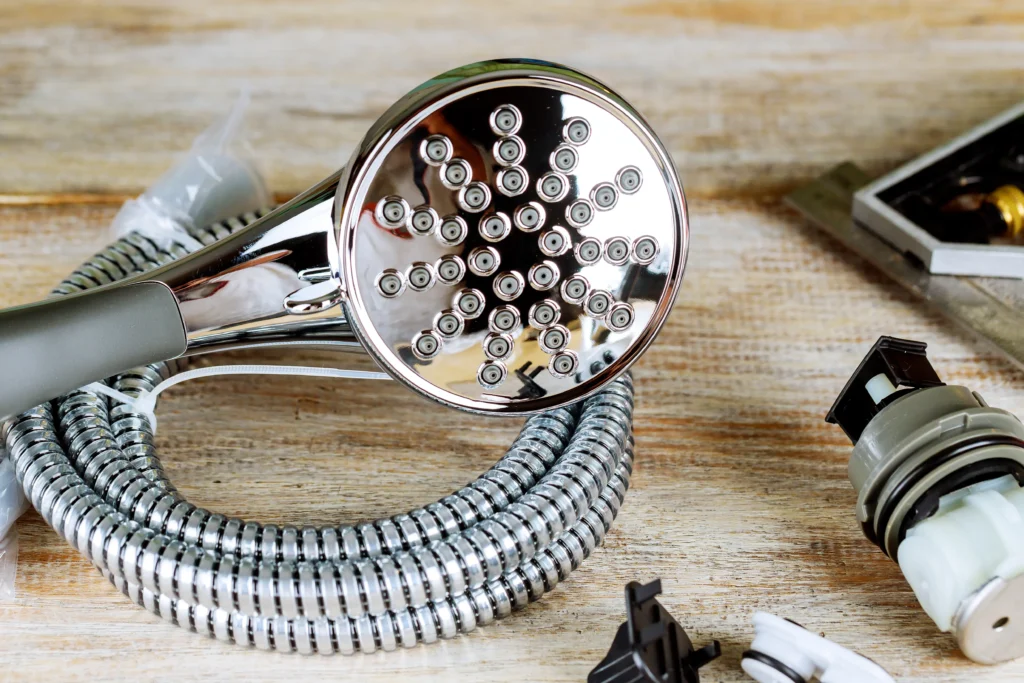
Assessing the Condition of the Showerhead
Before cleaning, inspecting the showerhead helps determine the extent of buildup and the best cleaning approach. If the water flow appears weak or uneven, the nozzles may be partially clogged with mineral deposits. A simple test involves turning on the shower and observing whether the water sprays in multiple directions or flows at a reduced rate.
Discoloration on the showerhead surface indicates the presence of hard water stains or soap scum. Green or pink residue may suggest mold or bacterial growth, which requires deeper cleaning. If the buildup is minimal, a basic cleaning method may be sufficient, but if the showerhead is heavily clogged, a more intensive approach may be needed.

Using Vinegar to Remove Mineral Deposits
One of the most effective and natural ways to clean a showerhead is by using white vinegar. Vinegar dissolves mineral deposits and breaks down grime without damaging the showerhead’s finish. This method is safe for most showerheads, including those made of chrome, stainless steel, and plastic.
To clean the showerhead with vinegar, a plastic bag is filled with enough vinegar to fully submerge the nozzles. The bag is then secured around the showerhead using a rubber band or twist tie, allowing the showerhead to soak in the solution. Leaving the showerhead in vinegar for at least an hour helps loosen mineral deposits, making them easier to remove.
After soaking, the showerhead is rinsed with warm water and gently scrubbed with a toothbrush to remove any remaining residue. Running the shower for a few minutes flushes out loosened deposits and restores water flow.
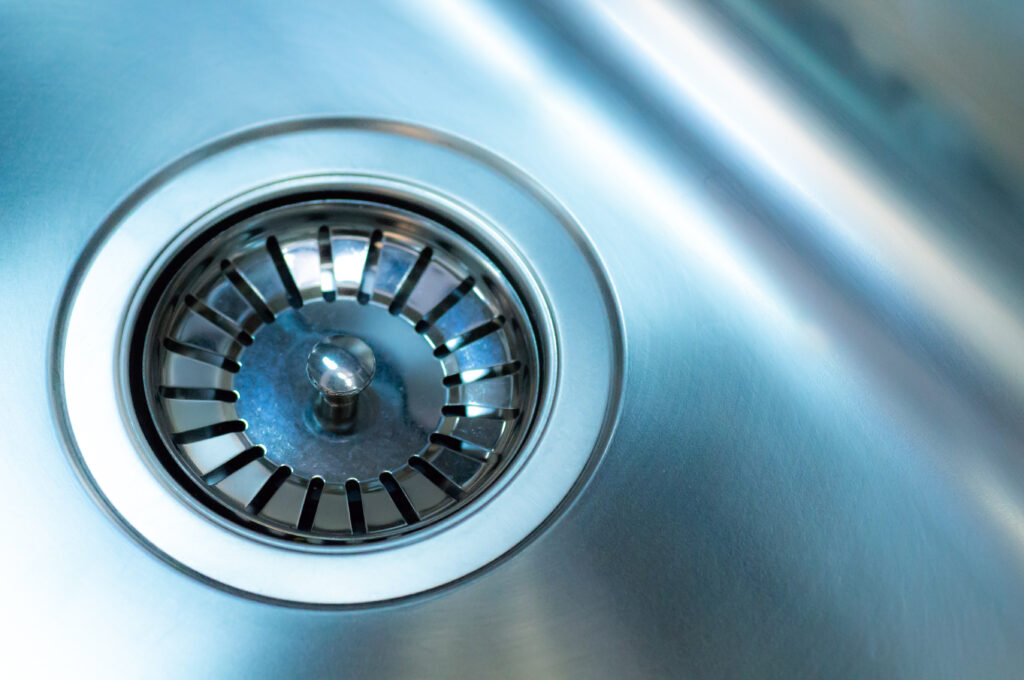
Cleaning a Removable Showerhead
If the showerhead is removable, detaching it allows for a more thorough cleaning. Unscrewing the showerhead from the pipe provides better access to clogged nozzles and internal components.
Soaking the detached showerhead in a bowl of vinegar or a commercial descaling solution helps dissolve stubborn deposits. Scrubbing the nozzles with a soft brush or toothpick removes debris lodged in small openings. After cleaning, the showerhead is reattached and tested to ensure smooth water flow.
For particularly stubborn buildup, a mixture of baking soda and vinegar can be used to create a gentle abrasive paste. Applying this paste to the nozzles and scrubbing lightly helps remove deep-seated residue without damaging the surface.
Using Baking Soda for Deep Cleaning
Baking soda is another effective cleaning agent that helps remove soap scum and hard water stains. Combining baking soda with water to form a paste provides a natural and non-abrasive way to clean the showerhead.
Applying the paste to the showerhead and letting it sit for a few minutes allows the baking soda to break down grime. Gently scrubbing with a sponge or brush helps lift stains and restore the showerhead’s appearance. After rinsing thoroughly, the showerhead should be free of buildup and functioning properly.
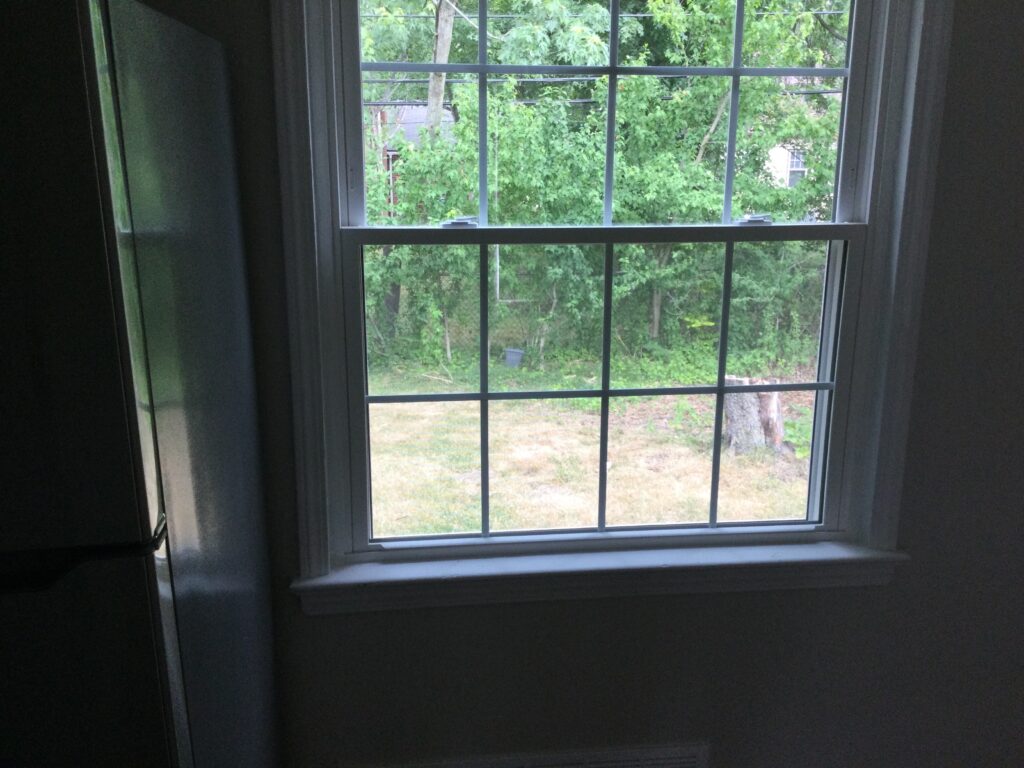
Preventing Future Buildup and Maintaining a Clean Showerhead
Regular maintenance helps prevent mineral deposits and bacterial growth, keeping the showerhead in optimal condition. Running hot water through the shower for a minute after each use helps clear out residual soap and mineral particles. Drying the showerhead with a towel or wiping it down occasionally reduces moisture buildup and prevents mold growth.
Installing a water softener can also help reduce mineral deposits in homes with hard water. Water softeners remove excess calcium and magnesium, preventing scale buildup on showerheads and other bathroom fixtures.
Cleaning the showerhead at least once a month helps maintain strong water flow and prevents major blockages. In areas with hard water, more frequent cleaning may be necessary to keep mineral deposits under control.
When to Replace a Showerhead
While regular cleaning extends the lifespan of a showerhead, there may come a time when replacement is necessary. If mineral buildup persists despite thorough cleaning, or if the showerhead has developed leaks or cracks, replacing it with a new one may be the best solution.
Modern showerheads come with features such as self-cleaning nozzles and anti-clog technology, which help reduce maintenance. Upgrading to a high-efficiency showerhead can also improve water conservation and provide a more enjoyable showering experience.
If water pressure remains low after cleaning, the issue may be related to plumbing problems rather than the showerhead itself. A professional home inspection can help identify whether there are underlying issues affecting water flow in the home.
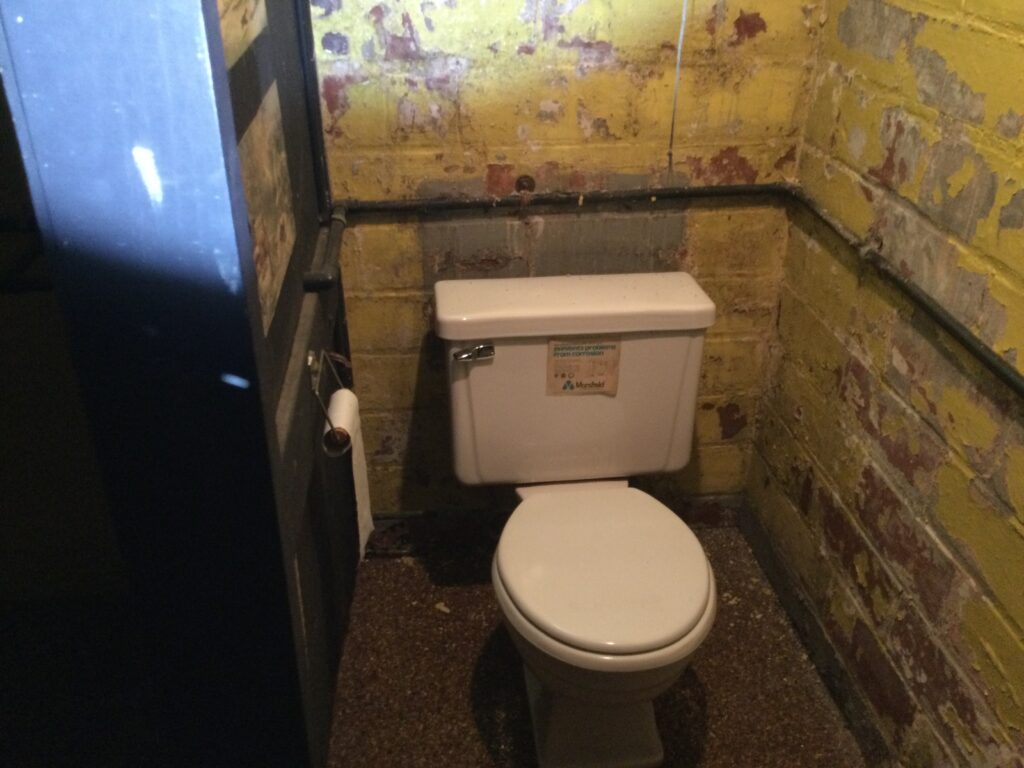
Conclusion
Cleaning a showerhead regularly ensures strong water pressure, prevents bacterial growth, and keeps the bathroom looking fresh. Whether using vinegar, baking soda, or a commercial cleaner, removing mineral deposits and soap scum restores the showerhead’s performance and improves hygiene.
For homeowners experiencing persistent water pressure issues or mineral buildup, Icon Home Inspectors provides expert inspections to assess plumbing conditions and offer professional recommendations. Keeping the showerhead clean not only enhances water flow but also contributes to a healthier and more efficient bathroom.